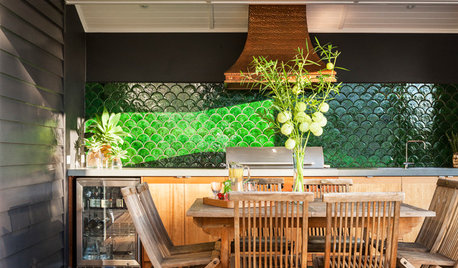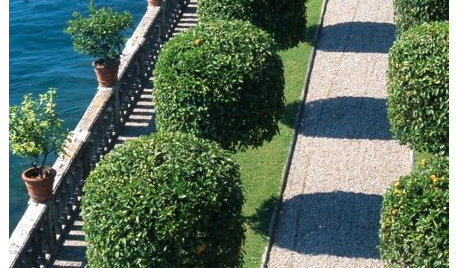Emerald Arborvitae are Dying!?!?
dkraut
16 years ago
Related Stories

COLORBest Ways to Use Radiant Orchid, Pantone's Color of 2014
Learn how to work in this bold fuchsia-pink-purple successfully around the home, and give it a yay or nay in the Houzz poll
Full Story
SIDE YARD IDEASNarrow Trees for Tight Garden Spaces
Boost interest in a side yard or another space-challenged area with the fragrance and color of these columnar trees
Full Story
GARDENING GUIDESGreat Garden Combo: 3 Wonderful Plants for a Deer-Resistant Screen
Protect your privacy and keep deer at bay with a planting trio that turns a problem garden area into a highlight
Full Story
GARDENING GUIDESTree Care: Common Tree Diseases and What to Do About Them
Learn to recognize trees that may be affected by diseases or pests so you can quickly take action
Full Story
GARDENING GUIDES15 Ideas to Try in Your Garden This Year
These gardening stories were tops among Houzz readers. Which ideas might you try this year?
Full Story
GARDENING GUIDESGarden Myths to Debunk as You Dig This Fall and Rest Over Winter
Termites hate wood mulch, don’t amend soil for trees, avoid gravel in planters — and more nuggets of garden wisdom
Full Story
GARDENING AND LANDSCAPINGGrow a Lush Privacy Screen
No need to wait forever for patio privacy the green way. These 10 ideas will get your screening up and running in no time
Full Story
COLORColor of the Week: Kelly Green
Bring the luck of the Irish into your home with a small splash of this verdant hue
Full Story
LANDSCAPE DESIGN5 Structural Plants to Frame Your Garden Beautifully
Consider these trees and shrubs live building blocks, providing structure and definition in even a small garden
Full Story
COLOR4 Hot Color Trends to Consider for 2013
Bring some zing to your rooms for the new year, with high-energy shades that open the eyes and awaken the spirit
Full Story







dkrautOriginal Author
dcsteg
Related Professionals
New Bedford Landscape Architects & Landscape Designers · Salisbury Landscape Architects & Landscape Designers · Winder Landscape Architects & Landscape Designers · Billerica Landscape Contractors · Pottstown Landscape Contractors · Edmond Landscape Contractors · Alpharetta Landscape Contractors · Lake Saint Louis Landscape Contractors · Pahrump Landscape Contractors · Rosemount Landscape Contractors · San Rafael Landscape Contractors · Tinton Falls Landscape Contractors · East Norriton Landscape Contractors · Goldenrod Landscape Contractors · North Hills Landscape ContractorsCarrie B
jean001
jean001
dcsteg
Carrie B
jean001
jean001
dcsteg
jean001
jean001
conifers